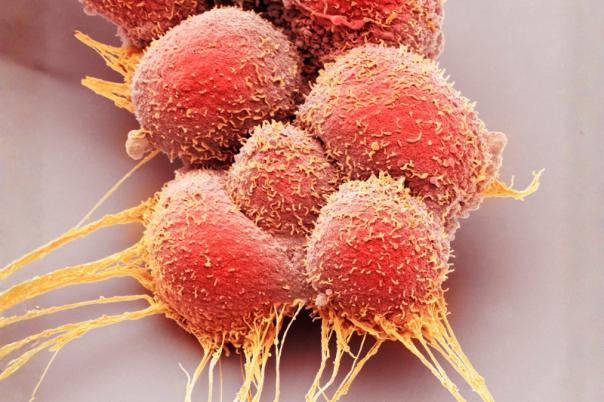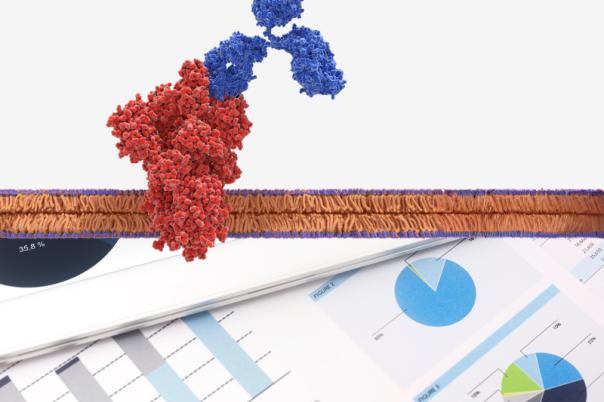This presentation by Knud Jorgen Jensen, a professor at the University of Copenhagen, focused on new chemical approaches to proteins and antibodies from an organic chemistry perspective. Jensen, who had co-authored over 180 papers and received notable awards such as the Leonidas Zervas award and the Max Bergman Medal, discussed the challenges of performing organic chemistry on proteins, particularly antibodies, due to their size and the similarity of functional groups.
Jensen highlighted the limitations of established methods like NHS esters and reductive alkylations, and introduced the concept of internal acylation directed by lysine groups. He shared insights from his research on converting undesired side reactions into desired ones, specifically addressing the issue of undesired gluconoylation in protein expression. Jensen's team developed a method for internal acylation catalysed by lysine side chains, which they applied to various proteins, including SUMO and GFP.
The presentation also covered the development of autocatalytic peptide segments, which catalysed their own chemical modification, drawing inspiration from the protein glycogenin. Jensen's team successfully applied their methods to proteins and peptides, achieving high selectivity and conversion rates. They explored the use of metal ions to modulate reactivity and demonstrated the effectiveness of their approach on antibodies, maintaining good binding affinity after acylation.
Jensen also looked at mechanistic understanding of their reactions, discussing the role of histidines and the potential for nucleophilic catalysis. He presented experimental data and DFT calculations to support their hypothesis of a covalent intermediate in the reaction mechanism. The team systematically optimised their reagents, considering both the acylating and nucleophilic sides, to enhance the efficiency of their chemical modifications.
Jensen's presentation showcased innovative chemical approaches to modifying proteins and antibodies, emphasising the importance of mechanistic insights in designing new reagents. The research demonstrated the potential for these methods to be applied in various biochemical and nanoscience contexts, paving the way for further advancements in the field.





